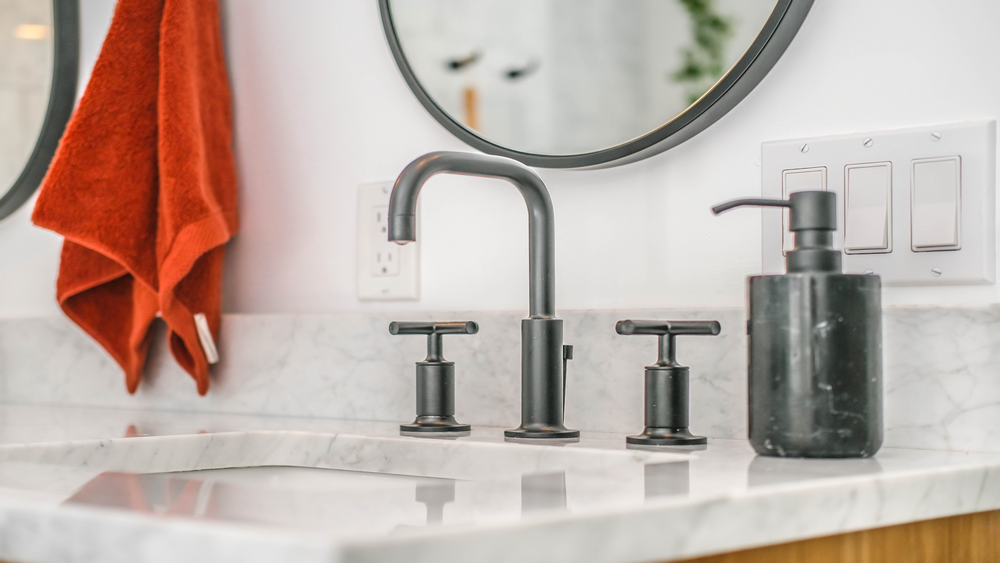We have been developed a taste for luxury bathrooms often from continental manufacturers. Taps it could be argued, are one of the most important components, so it is pretty annoying to find, that after spending a fortune, flow rates are worse than before. At worst, only a trickle! The root of the issue is the vented system design found in many of our homes.

Vented Systems
Traditionally, In some countries, like London, their homes use a vented plumbing system. A cold water tank, commonly in the loft, feeds most cold taps, and all of the hot water taps via the cylinder in the airing cupboard.
Such systems are easy to install and maintain, and useful if local supply pressure is poor.
The system is unpressurized, the pressure available at the taps depends on the vertical distance (or head) between the tap and the bottom of the tank. These are low-pressure systems. To drop adequate flow rates, they need stop-cocks and taps with wide openings (full bore!).
Unvented / High pressure systems
On newer and refurbished properties, the continental approach is more familiar. Main water pressure, through different plumbing configurations, feeds all taps, hot and cold. Providing mains water pressure is sufficient, there is no need for a loft tank, and flow rates are good at all taps.
There is unlikely to be sufficient pressure for large houses where different baths and showers are in use at the same time.
When water pressure is high, flow rates are good even with compact modern taps and small-bore flexible hoses.
The mismatch
Poor Water Pressure results when a traditional vented system is mixed with modern small-bore taps. Unless the cold tank is at least a floor higher, there is just not enough head to overcome the flow restrictions, their design imposes.
Being such a common issue, it is surprising how often bathroom installers overlook it.
Solutions
Some small improvements may be possible, by eliminating restrictions such as restricted bore stop-cocks and flexible pipes.
The easiest but inelegant choice is to stick with separate low-pressure taps, fed by standard, not flexible pipework. Unless, you are replicating a period bathroom design, looking for suitable taps is increasingly challenging.
Changing the entire system to a modern unvented design will solve the problem, providing mains pressure is sufficient. This is unlikely where there are multiple bathrooms.
Another option is to fit a pump. Similar to widely installed shower pumps, they can boost whole-house performance. It is important to choose the right type and install it precisely. A dedicated take-off from the hot water tank (Essex or Sussex flange) is essential to prevent air from being sucked from the expansion pipe.
Pumps are noisy and could wake a house in the middle of the night. It is worth considering using a timer so it is only active when needed. If the flow is acceptable, toilets and washbasin can be fed directly from the tank.
As always, ask professional advice, obtain several quotes. Professional bathroom providers should be fully aware of the issue, if they are not, perhaps you should be looking for alternative suppliers.
